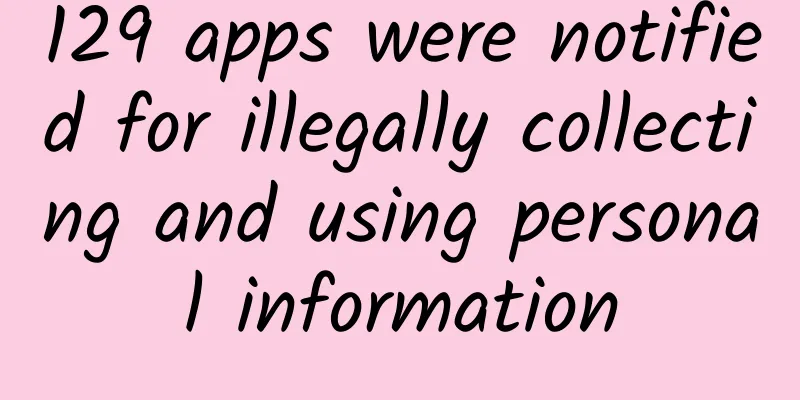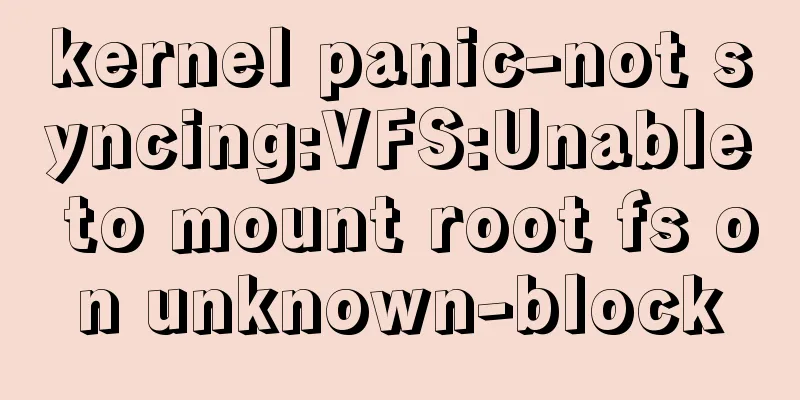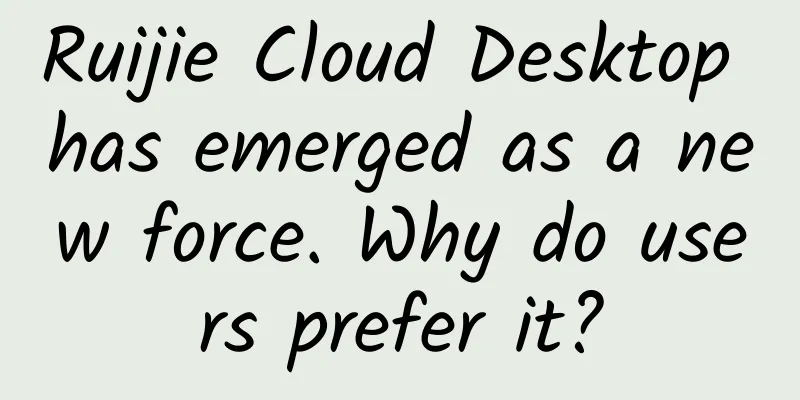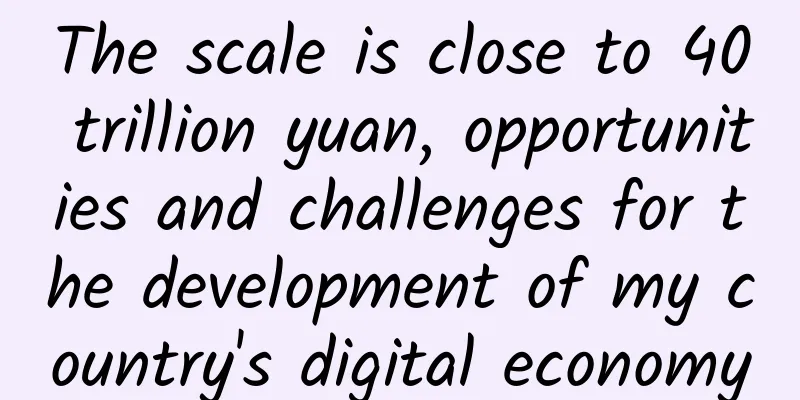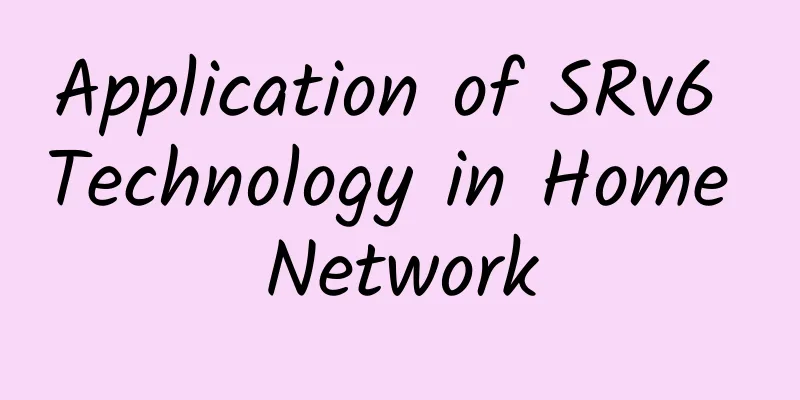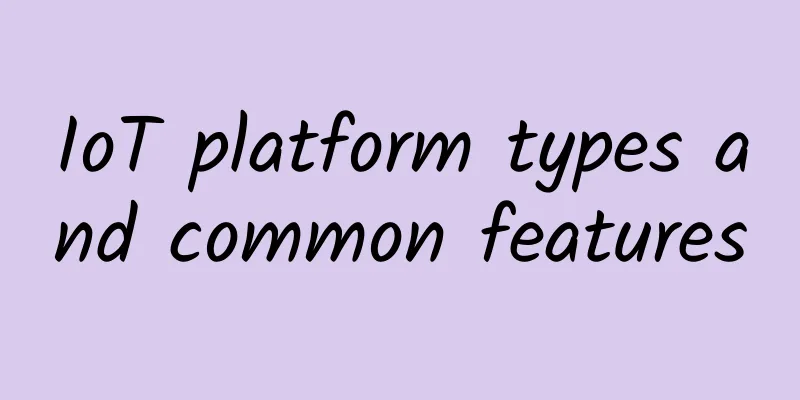Http code: What does 304 mean? How much do you know?
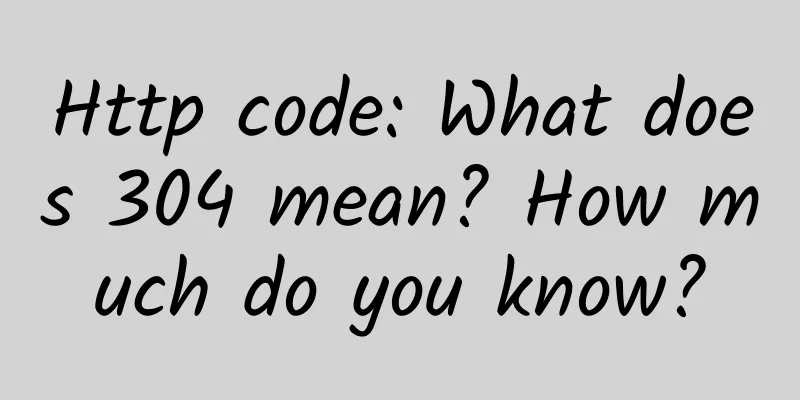
|
picture 1. http code 304 Not ModifiedThe HTTP status code 304 Not Modified is a no-content status code that indicates that the client sent a conditional request and the server found that the resource has not changed since the last request, so it returns this status code instead of retransmitting the same data. When a client (usually a browser) requests a resource from a server, if the resource has been cached before, it will include some information in the request header, such as If-Modified-Since or If-None-Match, to ask the server whether the resource has been modified.
If the server finds that the requested resource has not changed since the last request, it sends a 304 Not Modified response without including the actual content of the resource. This reduces bandwidth consumption and improves performance because the client can directly use its cached copy. 1.1. Example1.1.1. Client request header example: 1.1.2. Server response header example: In this example, the client provides an If-Modified-Since header indicating that it has a copy of the resource that has not been updated since the specified date. The server checks the resource and determines that it has not been modified since that date, so it returns a 304 Not Modified response. For front-end developers, understanding the 304 Not Modified response can help optimize application performance, especially when network requests are frequent. Proper use of HTTP caching mechanisms can significantly reduce data transmission and improve user experience. |
<<: Eight major IT disasters in 2024
Recommend
Dewu CDN domain name convergence and multi-vendor disaster recovery optimization practice
Background Too many CDN domain names cause reques...
A glimpse of the "treasure" in the tube: the last piece of cake for operators
Global Internet giants are accelerating their pen...
Aruba Launches Instant On to Provide Secure, High-Speed Wireless Connectivity for Small and Medium Businesses
On August 20, 2019, Aruba, a subsidiary of Hewlet...
ProfitServer Atlanta/Singapore VPS 50% off, unlimited traffic starting at $2.88 per month
ProfitServer sent an email about Christmas promot...
The darker operation of the United States has just begun. How can Huawei break the impasse when it is innocent but guilty of possessing a treasure?
[Original article from 51CTO.com] In just one wee...
RAKsmart: 30% off on all VPS, popular VPS starting at $1.99 per month, San Jose/Los Angeles/Japan/Hong Kong data centers
RAKsmart is offering VPS hosting at a super low p...
These three essential home gigabit network upgrade strategies
At present, the home broadband access provided by...
China Mobile's elimination of fake 5G users may be the reason for the slowdown in 5G user growth
Due to pressure from all sides, the three major o...
I experienced 5G network on Beijing Line 16 for a while and used up 7GB of data
What is 5G? Do I need to change my SIM card? Can ...
Critical documentation in data center transformation
Documentation is often neglected in IT work. When...
Cloud computing in 2018: Switch or die
Cloud computing technology is creating a new and ...
[Security Alert] Baota Panel suspected vulnerability or Nginx abnormality
For the convenience of many friends, panels are d...
6G is coming, how will the business change?
The next generation (6G) transmission technology ...
HostDare: 35% off KVM in Los Angeles, starting at $25.99/year
HostDare is a foreign VPS hosting company founded...
UiBot Store platform is coming soon: Driven by demand, empowering developers, and building a panoramic RPA ecosystem
At present, the new generation of digital labor r...

